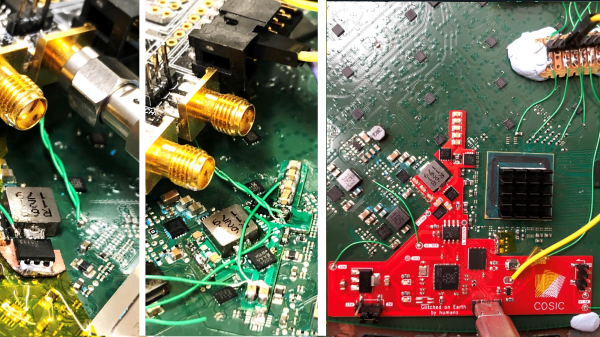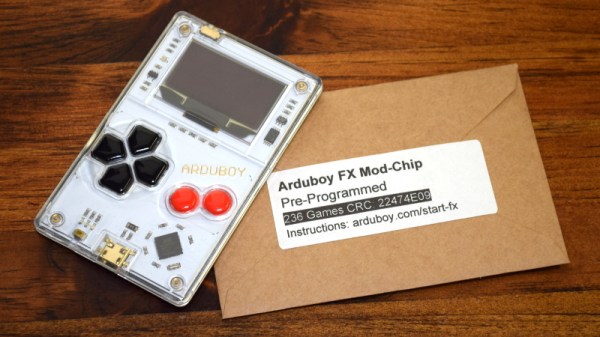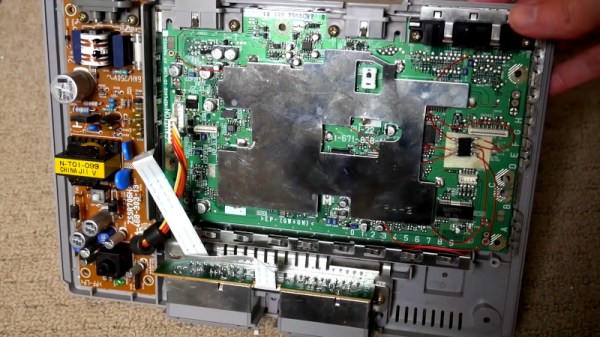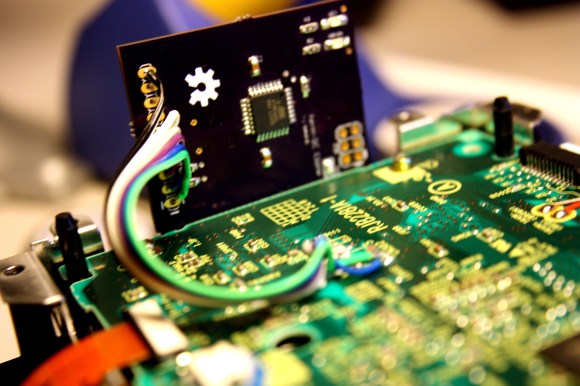An annoying fridge that beeps incessantly when the door is open too long should be an easy enough thing to fix by disconnecting the speaker, but when as with [kennedn]’s model it’s plumbed in and the speaker is inaccessible, what’s to be done? The answer: create a mod chip for a fridge.
While the fridge electronics themselves couldn’t be reached, there was full access to a daughterboard with the fridge controls. It should be easy enough to use them to turn off the alarm, but first a little reverse engineering was required. It used a serial communication with an old-school set of shift registers rather than a microcontroller, but it soon became apparent that the job could be done by simply pulling the buttons down. In a move that should gladden the heart of all Hackaday readers then, the modchip in question didn’t even have to be a processor, instead it could be the venerable 555 timer. Our lives are complete, and the fridge is no longer annoying.
The 555 is unashamedly a Hackaday cliche, but even after five decades it still bears some understanding.

















